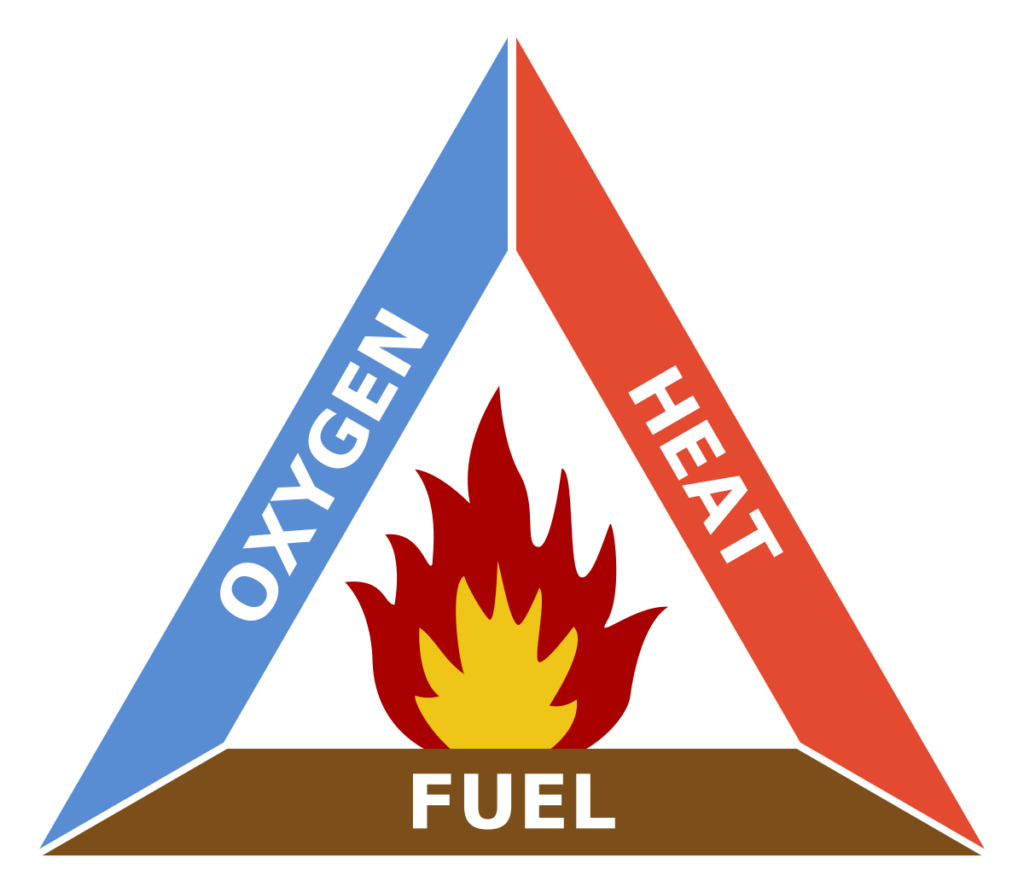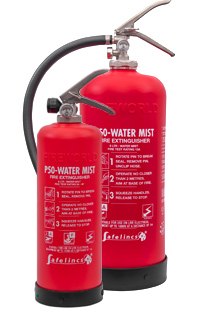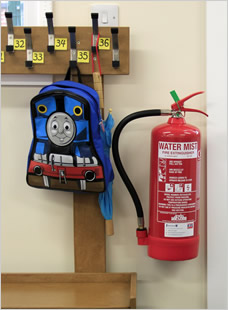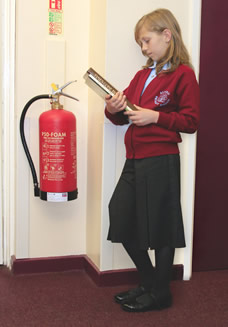Monday 17th October 2011
We recently introduced a new range of Astroflame pipe collars. As we receive many questions about the use of pipe collars we felt that a write-up about these collars might be helpful.
What are pipe collars?
Where plastic soil and water pipes pass through fire compartment walls and floors, fire could spread between these building compartments as the pipes melt. Pipe collars are used in these situations to stop the spread of fire. They are fitted around the pipe and on exposure to heat from a fire they rapidly expand inwards to squeeze the collapsing plastic pipe until the aperture is completely sealed. Astroflame pipe collars can be used on UPVC, ABS, MDPE, HDPE and PP pipes up to 225mm diameter. They are rated at 4 hours fire resistance and are tested to BS476: Part 20: 1987 and EN1366-3. They also come with NHBC Type Approval.
What are pipe collars made of?
Intumescent pipe collars are made from intumescent material (based on heat reactive graphite ) bonded to the inside of a steel sleeve. The steel sleeve is powder coated and can be opened and fitted around the pipe. They are closed with a toggle clasp.
How are pipe collars fitted?
Our collars are designed for surface mounting, with the option to fully or semi-cast into masonry floors or walls. The fixing brackets provided can be used for securing the sleeve with non-combustible screws or bolts, or to assist ‘keying-in’ if collars are for recessed installations.
For horizontal installations the collar may be surface mounted or recessed and should be located on one or both sides according to the direction of risk.
Fitting to Masonry/Block Walls
1) Attach the Astro Collar to the pipe so that the integral mounting lugs are pressed tight to the surface of the wall.
2) Mark the position of the bolt slots in the mounting lugs onto the surface of the wall with a marker pen.
3) Rotate the collar slightly (or if access is restricted remove from pipe) and drill holes at the pre-marked positions to suit the anchor bolts being used.
4) If the surface of the wall is very uneven, it is recommended to bed the collar onto a bead of Astroflame Intumescent Mastic to improve the smoke seal efficiency.
5) Insert the anchor bolts and tap home. Relocate the collar in position ensuring that the toggle clasp is snapped closed and that the bolt heads are protruding through the slots in the mounting lugs. Tighten the nuts onto the bolts.
6) NOTE Where there is a fire risk on both sides of the wall, or the direction of fire risk has not been determined, then an Astro Collar should be fitted to both sides of the wall.
7) The collar can also be semi or fully cast into the masonry wall using Astro FM Compound fire resistant mortar.
Fitting under concrete floor slabs
1) Attach the Astro collar to the pipe so that the integral mounting lugs are pressed tight to the soffit (underside) of the concrete floor.
2) Mark the position of the bolt slots in the mounting lugs onto the concrete surface with a marker pen.
3) Drill the bolt holes at the pre-marked positions to suit the anchor bolts being used, (the minimum recommended size of non-combustible anchor bolt is 6mm dia. x 25mm long).
4) If the soffit (underside) of the concrete is very uneven, it is recommended to bed the collar onto a bead of Astroflame Intumescent Mastic to improve the smoke seal efficiency.
5) Insert the anchor bolts and tap home. Relocate the collar in position ensuring that the toggle clasp is snapped closed and that the bolt heads are protruding through the slots in the mounting lugs. Tighten the nuts onto the bolts.
6) The collar can also be semi or fully cast into the soffit using Astro FM Compound fire resistant mortar.
Fitting to metal stud partition walls
Fit to both sides of the wall!
1) Attach the Astro Collar to the pipe so that the integral mounting lugs are pressed tight to the surface of the partition wall.
2) Mark the position of the bolt slots in the mounting lugs onto the surface of the wall with a marker pen.
3) Rotate the collar slightly (or if access is restricted remove from pipe) and drill holes at the pre-marked positions to suit the fixings used.
4) If the surface of the wall is very uneven, it is recommended to bed the collar onto a bead of Astroflame Intumescent Mastic to improve the smoke seal efficiency.
5) Insert the non-combustible fixings. Relocate the collar in position ensuring that the toggle clasp is snapped closed and that the bolt heads are protruding through the slots in the mounting lugs. Tighten the nuts onto the fixings.
Should you have further queries you can contact us and we are happy to help.
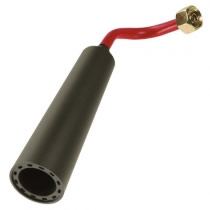 Although the standard swivel horn is a popular choice and an economical solution, it does not have the necessary characteristics to protect the user from freeze burn injuries. The frost free horn is double lined and therefore has the insulation to eliminate these risks should the user accidentally hold on to the fire extinguisher horn during discharge.
Although the standard swivel horn is a popular choice and an economical solution, it does not have the necessary characteristics to protect the user from freeze burn injuries. The frost free horn is double lined and therefore has the insulation to eliminate these risks should the user accidentally hold on to the fire extinguisher horn during discharge.
